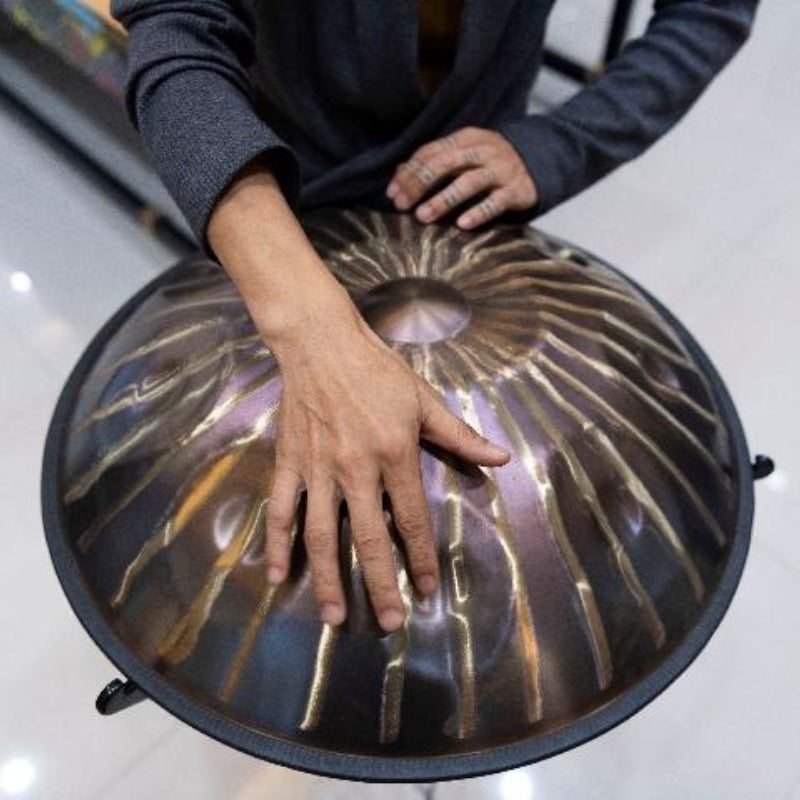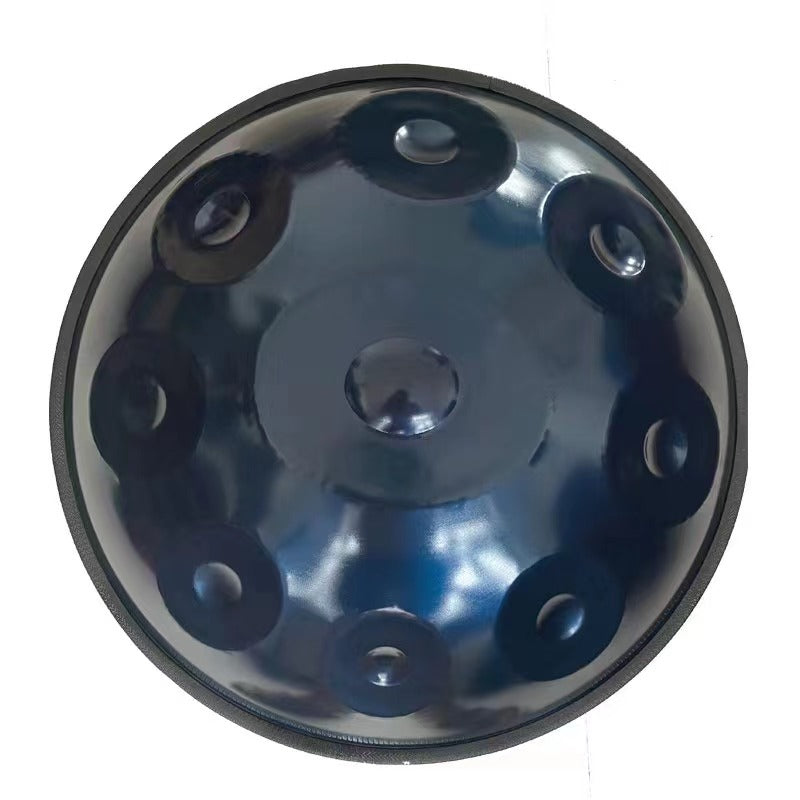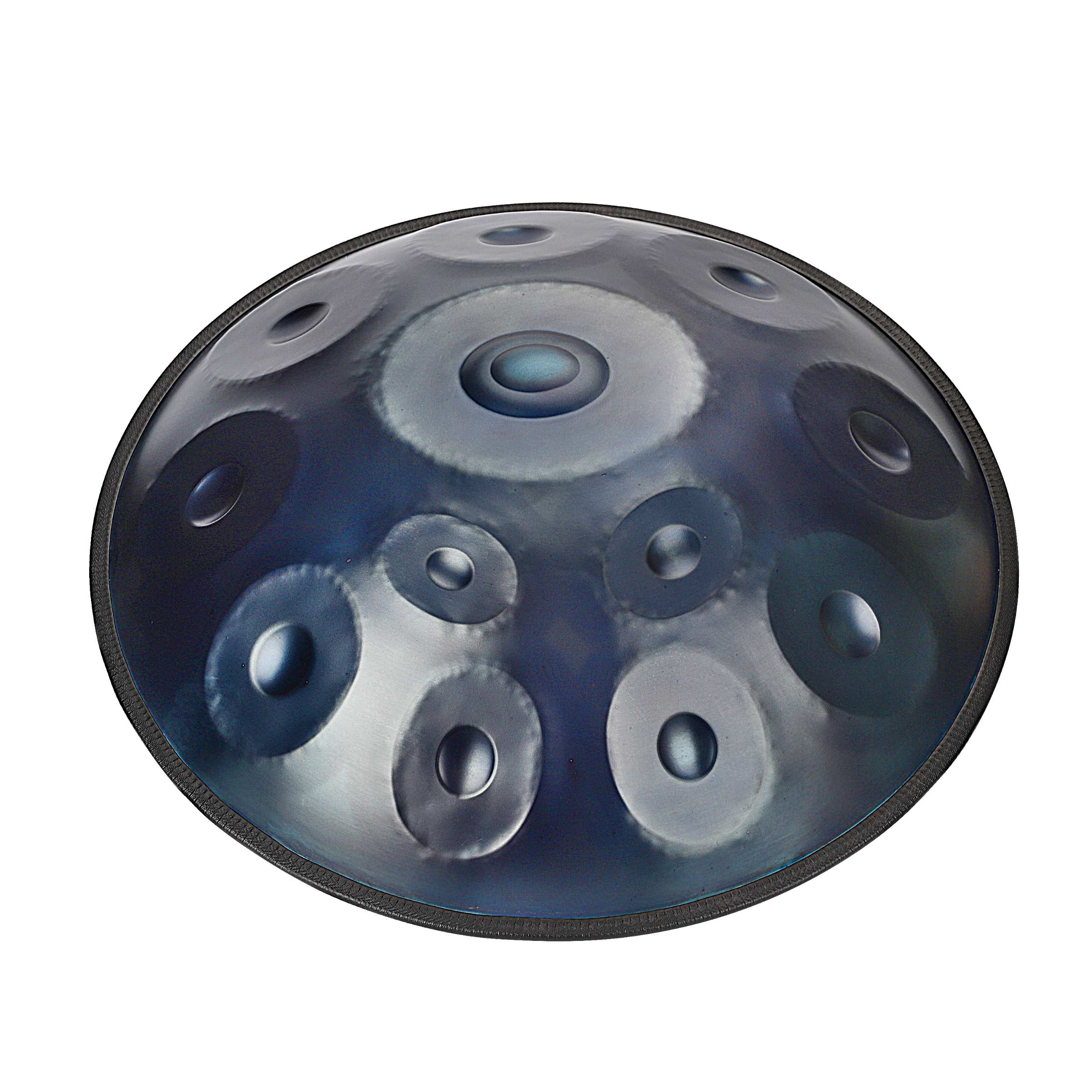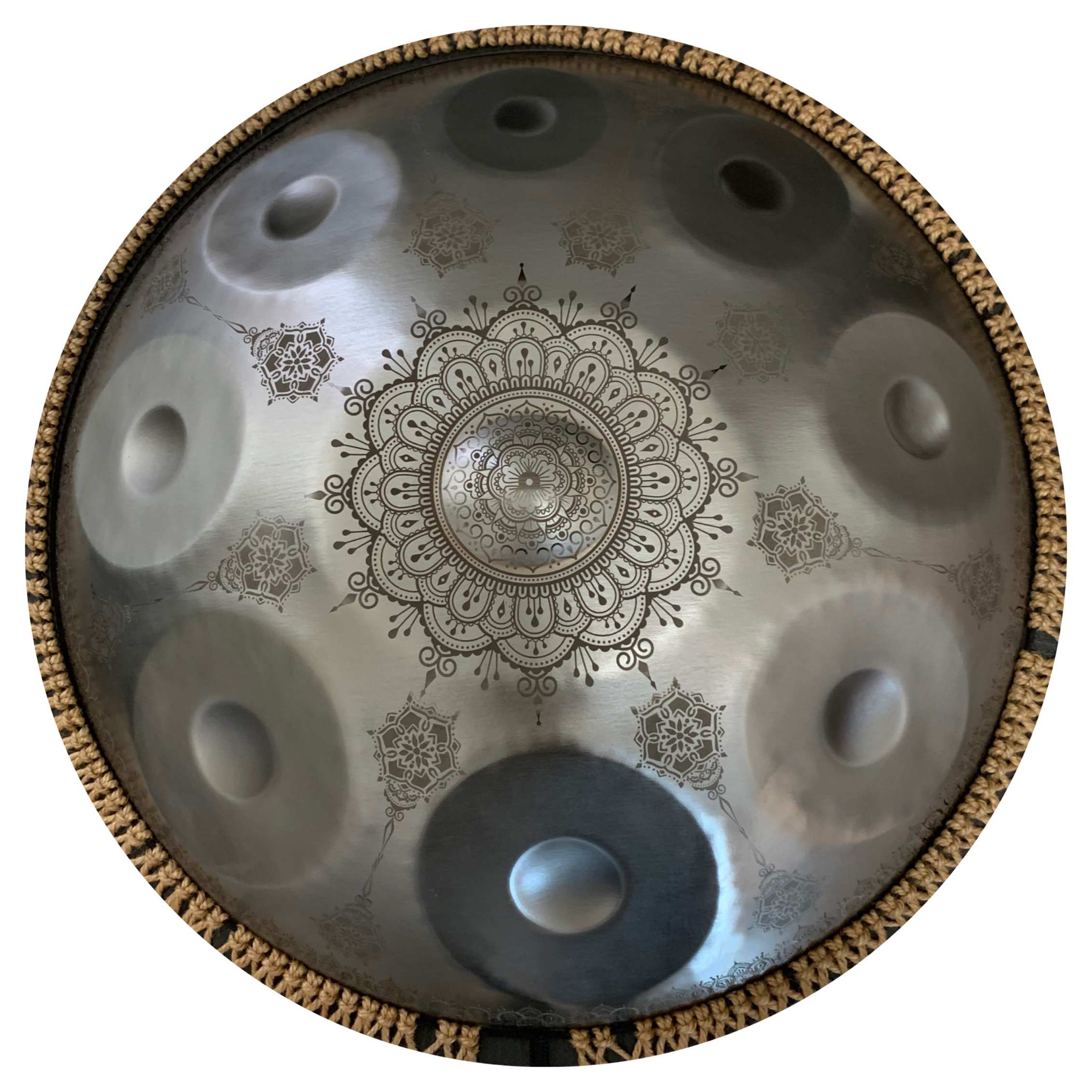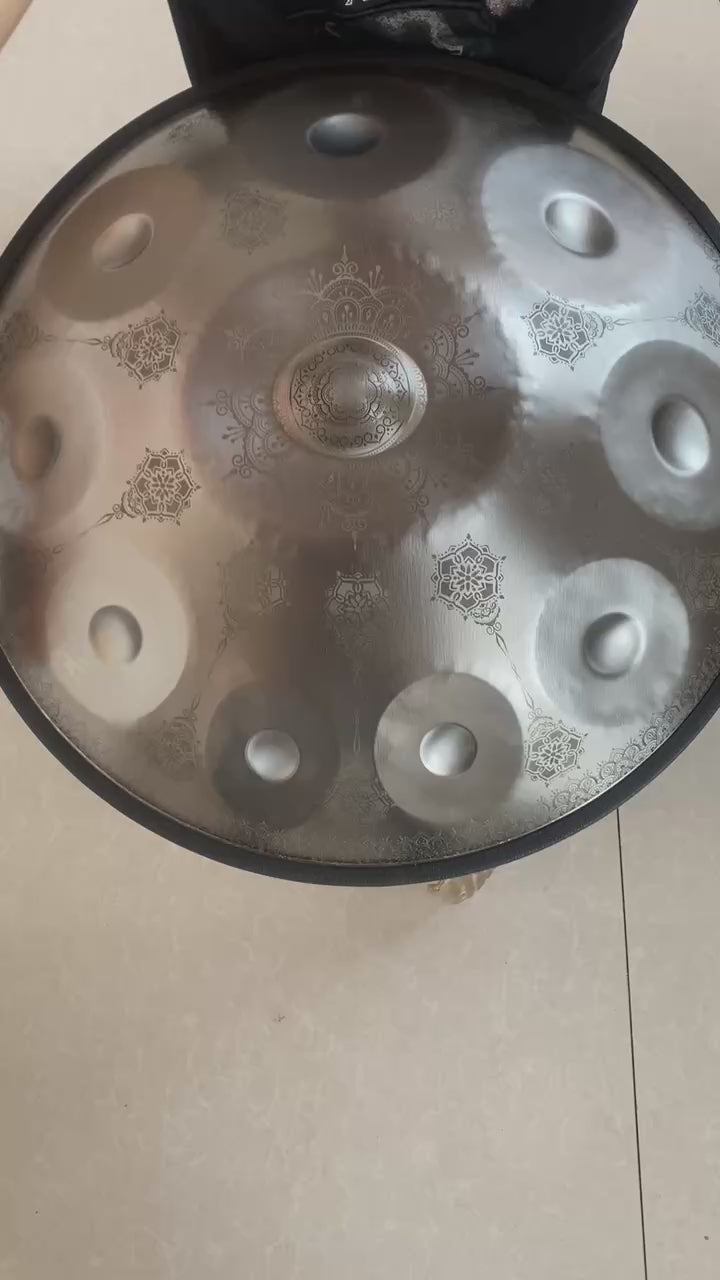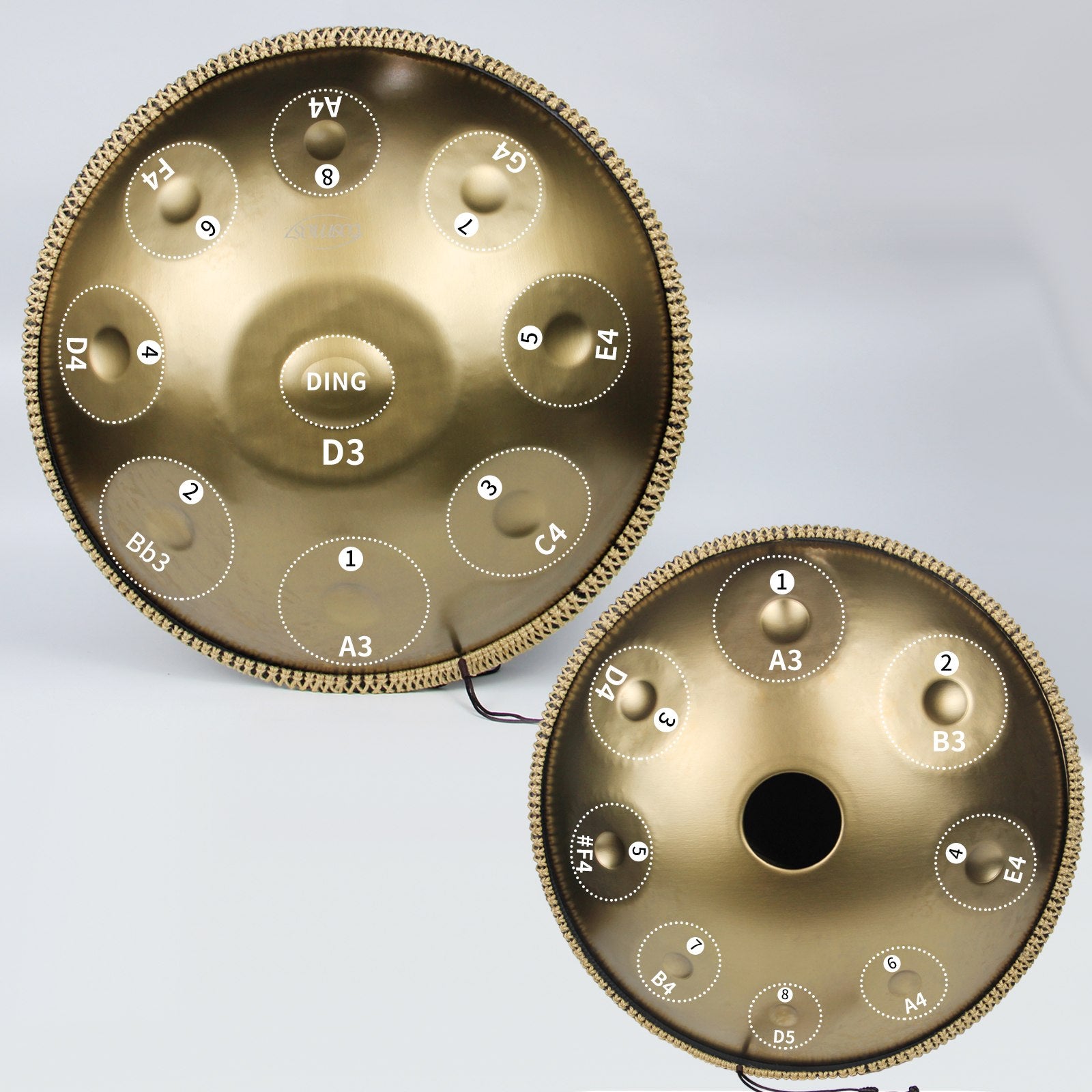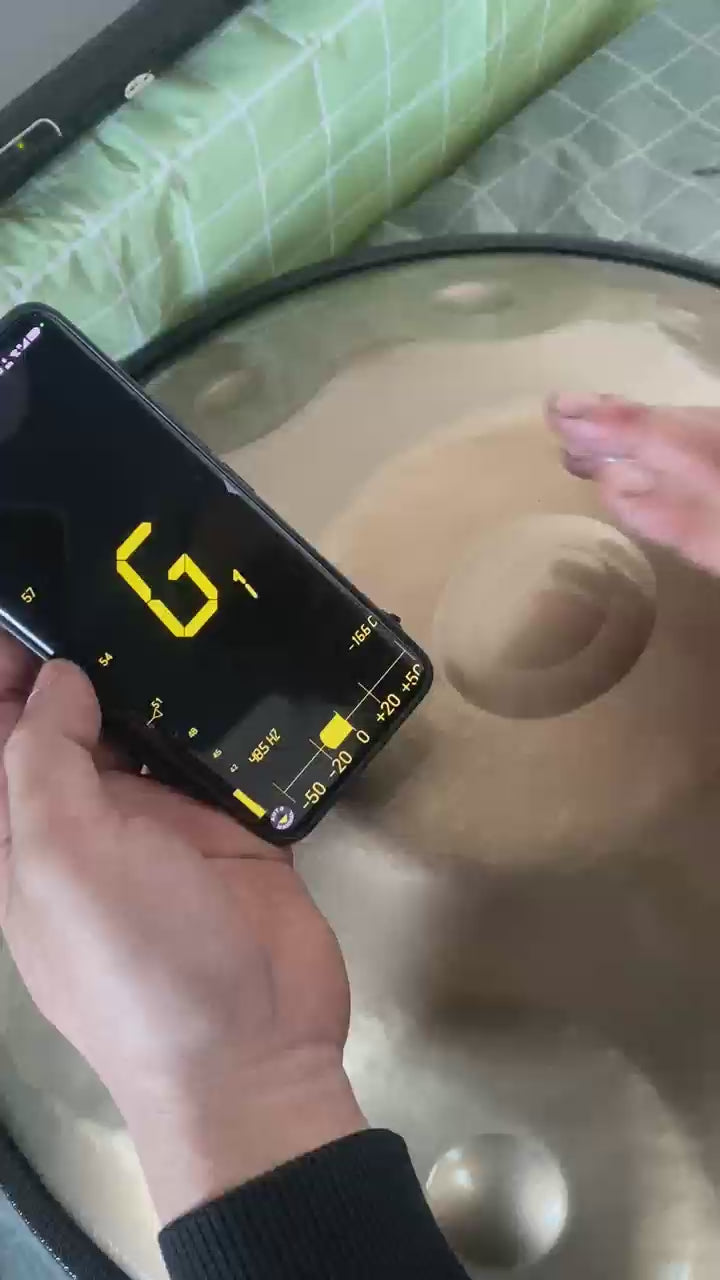Introduction
Have you ever wondered how to play the handpan? Learning to play this unique instrument is easier than you might think. Whether you just got a new handpan or are considering buying one, this guide will help you get started. You can learn the basics easily and quickly start making beautiful music with some practice and dedication.

Why Play the Handpan?
The handpan, also known as a handpan drum or hang drum, offers a unique musical experience. Unlike traditional percussion instruments, it combines melody and rhythm, creating a soothing yet dynamic sound. Its simplicity and limited number of notes make it accessible even for beginners. With regular practice, you can master playing with musical notation and enjoy the freedom of creating your own music.
Getting Started
Before you begin, it's essential to have a good quality handpan. If you're looking for a handpan for sale in the USA, consider brands like Cosmos Handpan. We offer reliable instruments perfect for beginners.
Setting Up Your Handpan
Choose a Comfortable Position: You can play the handpan seated or standing. If seated, place the handpan flat on your legs in a cross-legged position. If using a stand, ensure it is at a suitable height (shorter than 60cm for sitting, taller than 95cm for standing).
Prepare Numbered Note Stickers: Write numbers representing the notes on stickers. These stickers help you learn the notes. Place them on the corresponding tone fields of your handpan. Align the two largest low-tone fields (A3 and Bb3) directly in front of you.
Basic Playing Techniques
Using Your Fingers: Start with your bare index finger. Use the most flexible part of the first joint (fingertip) to strike the resonant parts of the tone fields gently. Practice this technique for a few days to develop flexibility and intuition.
Expanding to Thumbs: Once comfortable with your index finger, try using your thumb. Use the first joint for striking, similar to the index finger. This helps improve hand coordination and allows you to play with both hands.
Common Issues and Solutions
Producing Sound: If your strikes don't produce sound, check your finger placement. Ensure only the fingertips tap the metal plate, not the palm. Quick, light taps from the wrist are vital in producing clear sounds.
Improving Technique: Practice using the wrist for force rather than the forearm or palm. Using the wrist ensures light, agile movements, helping you tap the tone fields correctly.
Striking the Instrument
The "Ding" Tone: Typically located in or near the center of the handpan. Strike the most prominent point on the top layer's center for the best sound.
Circular Tone Fields: Surrounding the "Ding" tone, these fields produce overtones. Strike these areas for more accurate pitch and easier sound production.
Other Playing Techniques: Explore player-created sound marks and techniques. Advanced players use the "Gu" at the bottom of the instrument for unique effects.
Rhythm Practice
Single-Handed Practice: Start with one hand, striking a fixed sound area repeatedly. Practice with your right index finger on the C4 tone field (sticker "3") and your left on the D4 tone field (sticker "4").
Sequential Strikes: Practice striking each sound area in sequence, starting from the A3 tone field and progressing through to the "Ding."
Alternating Strikes: Practice alternating strikes between adjacent and distant sound areas with both hands. Alternative Strikes help develop finger flexibility and coordination.
Avoiding Damage
- Use a Mallet: Gently strike the optimal area if the instrument doesn't produce sound initially.
- Control Strength: Use gentle touches with your fingertips, avoiding mechanical force.
- Sturdy Stand: Ensure the stand supporting your instrument is reliable to prevent drops.
- Avoid Scratches: Keep rings and fingernails from scratching the surface.
- Temperature and Humidity: Store the handpan in a dry, well-ventilated area. Avoid extreme temperatures and direct sunlight.
- Corrosion Prevention: Clean the surface with a soft cloth after playing. Apply maintenance oil regularly, especially for nitrided steel instruments.
Trying to Play a Melody
The primary goal is to memorize the tone fields, achieve accurate pronunciation, and develop a sense of rhythm. With practice, you can perform complete melodies. Follow online courses and tutorials to learn compositions and improve your skills.
Advanced Techniques and Tips
Practicing Regularly: Set aside time each day for practice. Consistency helps build muscle memory and improve coordination.
Exploring New Techniques: Learn from experts and try new playing styles. Playing new styles helps keep your practice sessions engaging and challenging.
Joining a Community: Consider joining handpan communities or groups. Playing with others can provide valuable feedback and enhance your learning experience.
Conclusion
Learning to play the handpan is a rewarding journey. You can master this unique and simple instrument with practice and dedication. The key is to start practicing and enjoy the process. Happy playing!

